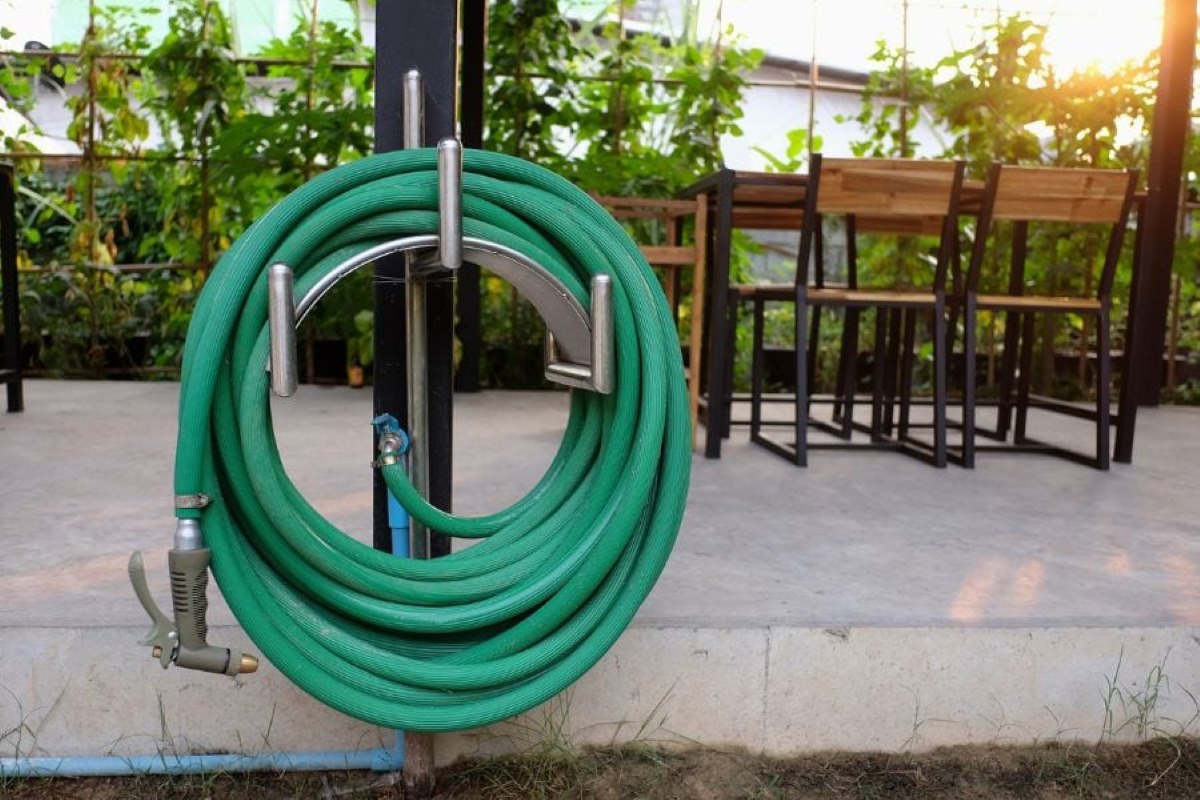

Articles
How To Store A Hose
Modified: January 5, 2024
Learn the best way to store your hose with these helpful articles. Keep your garden organized and your hose in great condition.
(Many of the links in this article redirect to a specific reviewed product. Your purchase of these products through affiliate links helps to generate commission for Storables.com, at no extra cost. Learn more)
Introduction
Storing a hose properly is essential to maintain its longevity and functionality. Whether you have a garden hose, a pressure washer hose, or any other type of hose, following the right storage practices will help prevent damage and ensure that the hose remains in good condition for years to come.
In this article, we will guide you through the steps to store a hose effectively. From choosing a suitable storage location to proper coiling techniques, we’ll cover everything you need to know to keep your hose in optimal condition.
So let’s dive in and learn how to store a hose the right way!
Key Takeaways:
- Properly storing your hose is crucial for maintaining its longevity and functionality. Choose a suitable storage location, clean and drain the hose, and use a hose reel or hanger for organized storage to ensure optimal condition.
- Protect your hose from the elements, regularly inspect and maintain it, and follow the recommended practices for storage. By taking these steps, you can ensure that your hose remains in good condition and ready for use whenever needed.
Read more: How To Store Hoses
Step 1: Choose a suitable storage location
The first step in storing a hose is to select an appropriate storage location. It’s important to choose a spot that is protected from extreme weather conditions, such as direct sunlight, freezing temperatures, or excessive heat.
Look for a covered area such as a garage, shed, or storage box where the hose can be shielded from the elements. If a covered area is not available, consider investing in a hose reel or a hose hanger that can be mounted on a wall or post. These options provide a convenient and organized way to store your hose while keeping it off the ground.
Additionally, make sure the storage location is easily accessible. This will make it more convenient for you to retrieve and use the hose when needed. Avoid storing the hose in a location that is difficult to reach or obstructed by other objects.
By choosing a suitable storage location, you can protect your hose from unnecessary exposure to the elements and ensure that it remains in good condition for longer.
Step 2: Clean the hose
Before storing your hose, it’s important to clean it thoroughly to remove any dirt, debris, or residue. Cleaning the hose not only helps maintain its appearance but also prevents clogs and prolongs its lifespan.
Start by disconnecting the hose from the water source and releasing any remaining pressure. The next step is to rinse off the hose with water to remove any loose dirt or debris. You can use a hose spray nozzle or a gentle stream of water from a garden hose to accomplish this.
For stubborn dirt or grime, you can use a mild detergent and a soft brush or sponge to scrub the hose. Avoid using harsh chemicals or abrasive materials as they can damage the hose material. Thoroughly rinse off the detergent after scrubbing.
It’s also essential to pay attention to the connectors and fittings of the hose. Use a small brush or toothbrush to clean these areas and ensure that they are free from any debris or blockages.
Once you have cleaned the hose, allow it to dry completely before moving on to the next step. Drying the hose helps prevent mold or mildew growth and ensures that no water is trapped inside, which could lead to damage or freezing in colder temperatures.
By cleaning your hose thoroughly, you can remove any contaminants that may harm the hose and ensure that it stays in optimal condition during storage.
Step 3: Drain the water from the hose
Once your hose is clean, the next step is to drain any remaining water from it. This is crucial to prevent any water from pooling and potentially causing damage or freezing during storage.
To drain the water, start by disconnecting the hose from the water source and ensuring that the nozzle or sprayer is turned off. Elevate one end of the hose higher than the other to allow gravity to assist in the draining process.
Beginning from the highest end of the hose, gently walk the hose towards the lower end, applying light pressure to help push the water out. You can also use your hand to squeeze the hose gently while walking its length to expel any trapped water.
If your hose has a nozzle or sprayer attachment, make sure to remove it before draining. This will allow for better drainage and prevent any water from getting trapped inside the attachment.
Continue the draining process until there is no more water flowing out of the hose. Remember to hold the hose in a way that prevents it from kinking or tangling while draining.
Once the water is completely drained, you can move on to the next step of coiling and storing the hose properly.
By thoroughly draining the water from your hose, you can minimize the risk of damage and ensure that it remains in optimal condition throughout its storage period.
Step 4: Coil the hose properly
Coiling the hose properly is essential to prevent tangling, kinking, and unnecessary strain on the hose material. By following the right coiling technique, you can ensure that your hose remains in good condition and is easy to use when needed.
Start by straightening the hose and removing any twists or kinks. Then, hold one end of the hose in your hand and slowly start coiling it in a circular motion. Make sure to coil the hose in a way that it aligns neatly without overlapping or crossing over itself.
Avoid forcing the hose into tight coils or bending it at sharp angles, as this can lead to kinks and damage over time. Instead, aim for loose, gentle loops that allow for flexibility while still maintaining a compact shape.
If you’re using a hose reel, follow the instructions provided to wind the hose around the reel properly. Most hose reels have a handle or crank that makes coiling easier and more efficient. Make sure to secure the hose on the reel to prevent it from unwinding.
When coiling the hose, it’s also a good idea to leave some slack near the ends. This will provide flexibility when connecting the hose to a water source or attaching accessories such as nozzles or sprinklers.
By coiling your hose properly, you can prevent tangles, kinks, and damage, making it easier to store and use in the future.
To store a hose, coil it up in a large loop and secure it with a hose reel or a hook. This will prevent kinks and tangles, and keep the hose in good condition for longer.
Read more: How To Store Water Hose
Step 5: Use a hose reel or hanger
Using a hose reel or hanger is an excellent way to store your hose in a neat and organized manner. These storage solutions not only keep your hose off the ground but also make it easier to access and prevent tangling.
If you have a hose reel, follow the manufacturer’s instructions to attach the coiled hose onto the reel. Most hose reels have a handle or crank that allows you to wind and unwind the hose effortlessly. Make sure to secure the hose on the reel to keep it in place.
Alternatively, you can use a hose hanger. Mount the hanger on a wall or post at a convenient height, ensuring it is sturdy and can support the weight of the hose. Hang the coiled hose on the hanger by placing one end over the hook or bracket.
When using a hose reel or hanger, make sure the hose is properly positioned without any twists or kinks. This will help maintain the hose’s shape and prevent damage.
Both hose reels and hangers provide a convenient way to store your hose, keeping it organized and easily accessible. They also help extend the lifespan of the hose by preventing it from being stepped on or run over by vehicles or lawn equipment.
Choose the storage solution that works best for your needs and the available space, and enjoy the benefits of a well-organized hose storage system.
Step 6: Protect the hose from the elements
Protecting your hose from the elements is crucial to ensure its longevity and prevent damage caused by exposure to harsh weather conditions. By taking proper precautions, you can safeguard your hose from UV rays, extreme temperatures, and other environmental factors.
If you’re storing the hose outdoors, consider investing in a hose cover or a hose box. These protective covers shield the hose from the sun’s rays, which can degrade the hose material over time. They also provide insulation against freezing temperatures during colder months.
When using a hose cover, make sure it fits snugly and covers the entire length of the hose. This will provide maximum protection against the elements. If you’re using a hose box, ensure it is designed to withstand weather conditions and has proper drainage to prevent water accumulation.
If storing the hose indoors, choose a location that is cool, dry, and away from direct sunlight. Excessive heat or prolonged exposure to sunlight can cause the hose to become brittle and prone to cracking.
In addition to using protective covers or storing indoors, you can also consider using a hose cart or a storage bin to keep the hose off the ground. This will prevent it from coming into contact with dirt, debris, or potential hazards that could cause damage.
By protecting your hose from the elements, you can extend its lifespan and ensure that it remains in good condition for years to come.
Step 7: Regularly inspect and maintain the stored hose
Even when your hose is properly stored, it’s essential to regularly inspect and maintain it to ensure its continued functionality. By performing routine checks and taking preventive measures, you can identify and address any issues before they escalate.
Start by checking for any signs of damage, such as cracks, leaks, or wear and tear. Pay close attention to the connections, fittings, and nozzle attachment points, as these areas are prone to damage over time.
If you notice any damage, replace or repair the affected parts promptly. This will help prevent further deterioration and maintain the efficiency of your hose.
In addition to visual inspection, it’s crucial to test the hose periodically. Connect it to a water source and check for any leaks or irregular water flow. Ensure that the hose is delivering water at the appropriate pressure and that there are no blockages or restrictions.
Furthermore, it’s important to keep your hose clean even during storage. Periodically remove any dirt or debris that may have accumulated on the hose’s surface, using a mild detergent and a soft brush or sponge. Rinse thoroughly and allow it to dry before returning it to storage.
Lastly, make sure to follow any specific manufacturer’s recommendations for maintenance and care. Different types of hoses may have specific requirements, such as lubrication or special cleaning agents. Familiarize yourself with these guidelines to ensure proper maintenance.
By regularly inspecting and maintaining your stored hose, you can address any issues early on, prolong its lifespan, and enjoy continued reliable performance when you need it.
Conclusion
Storing a hose properly is essential for maintaining its functionality and prolonging its lifespan. By following the steps outlined in this article, you can ensure that your hose remains in good condition, free from damage caused by improper storage.
Start by choosing a suitable storage location, protecting the hose from extreme weather conditions and potential damage. Clean the hose thoroughly, removing any dirt or debris, and drain all the water to prevent freezing or damage. Properly coil the hose to avoid tangling and utilize a hose reel or hanger for organized storage.
Protecting the hose from the elements, such as UV rays and extreme temperatures, is crucial for its longevity. Use protective covers or store the hose indoors to shield it from potential damage.
Additionally, regularly inspect and maintain the stored hose. Check for any signs of damage, test its functionality, and keep it clean. By addressing any issues promptly, you can prevent further damage and ensure that the hose remains in optimal condition for continued use.
By following these steps and implementing the recommended practices, you can confidently store your hose, knowing that it will be ready for use and will serve you for many seasons to come.
So, go ahead and store your hose with care, and enjoy the efficiency and convenience it brings to your gardening and outdoor tasks!
Frequently Asked Questions about How To Store A Hose
Was this page helpful?
At Storables.com, we guarantee accurate and reliable information. Our content, validated by Expert Board Contributors, is crafted following stringent Editorial Policies. We're committed to providing you with well-researched, expert-backed insights for all your informational needs.
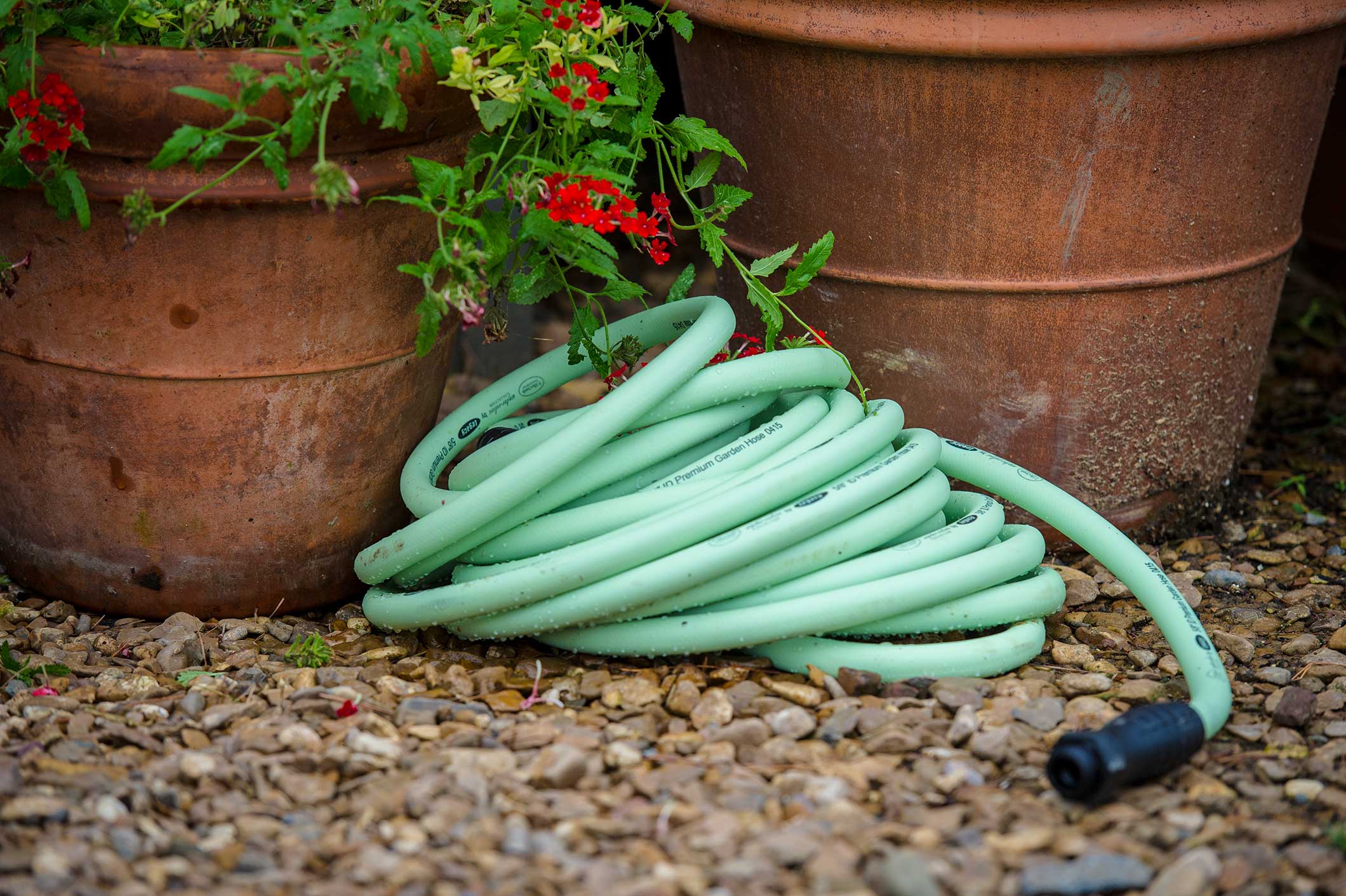
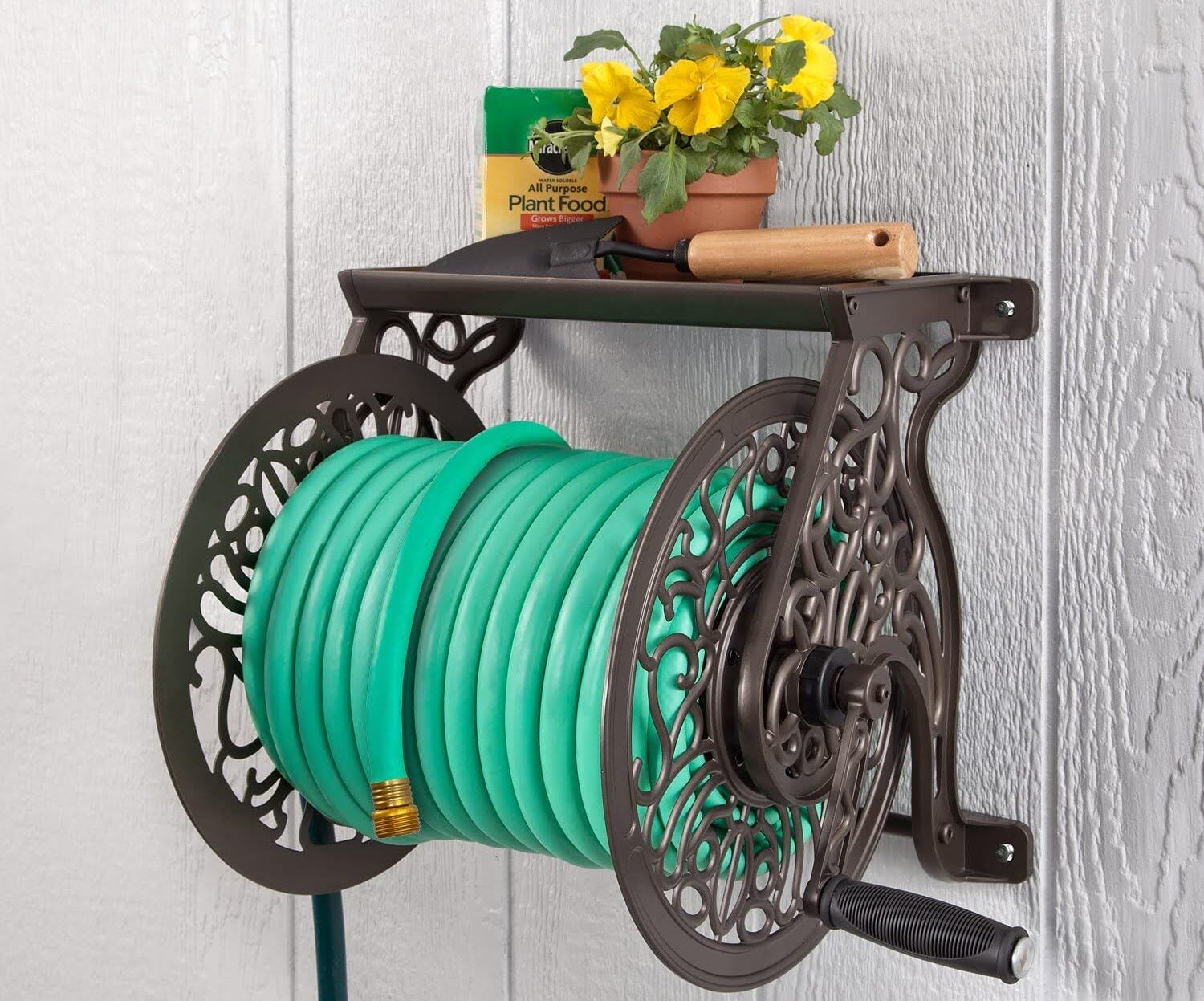
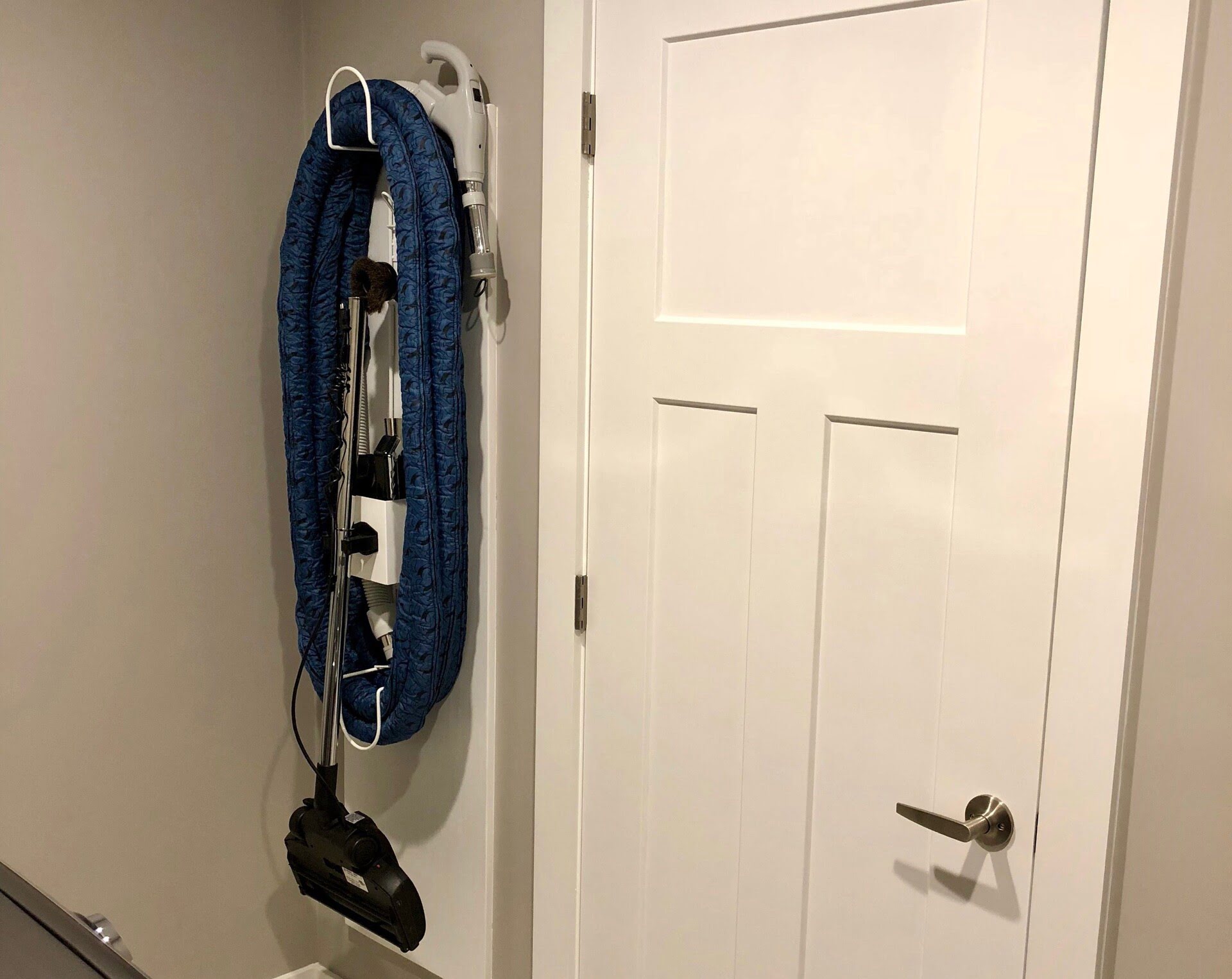
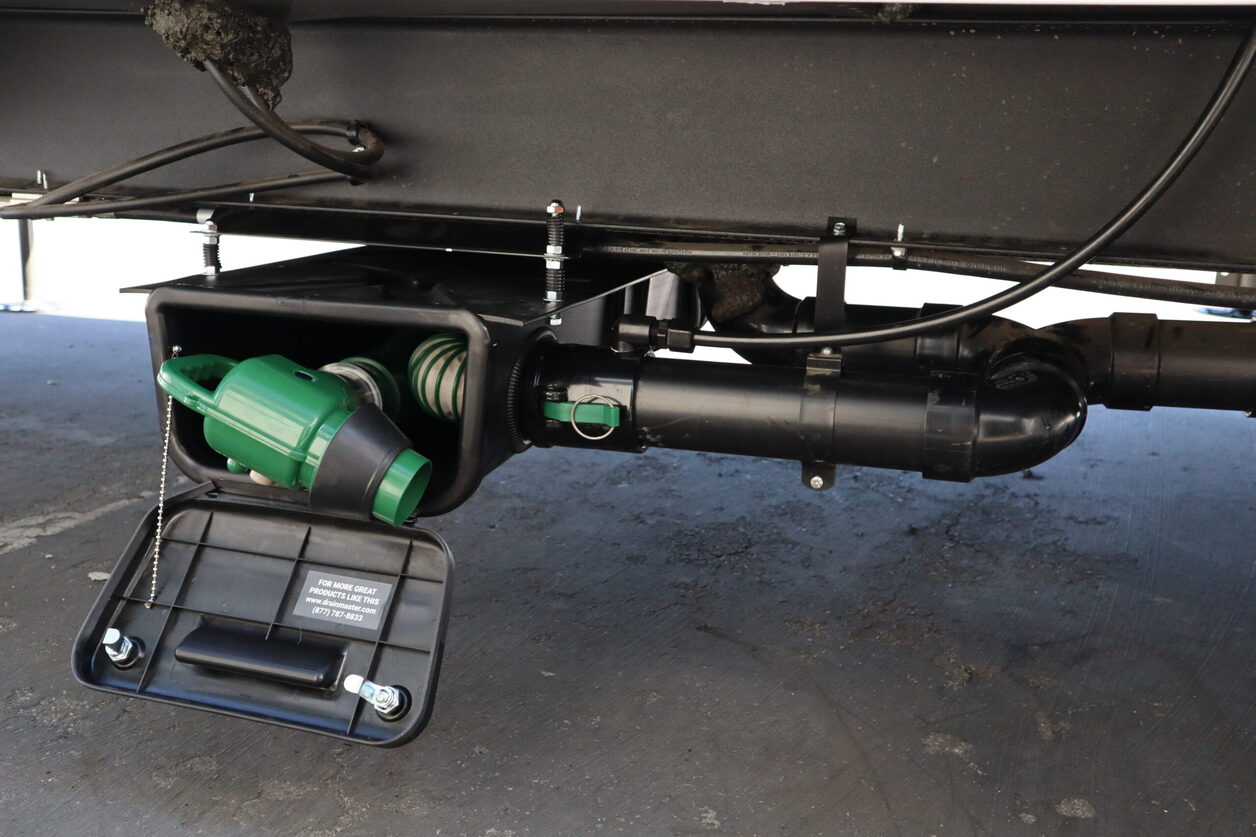
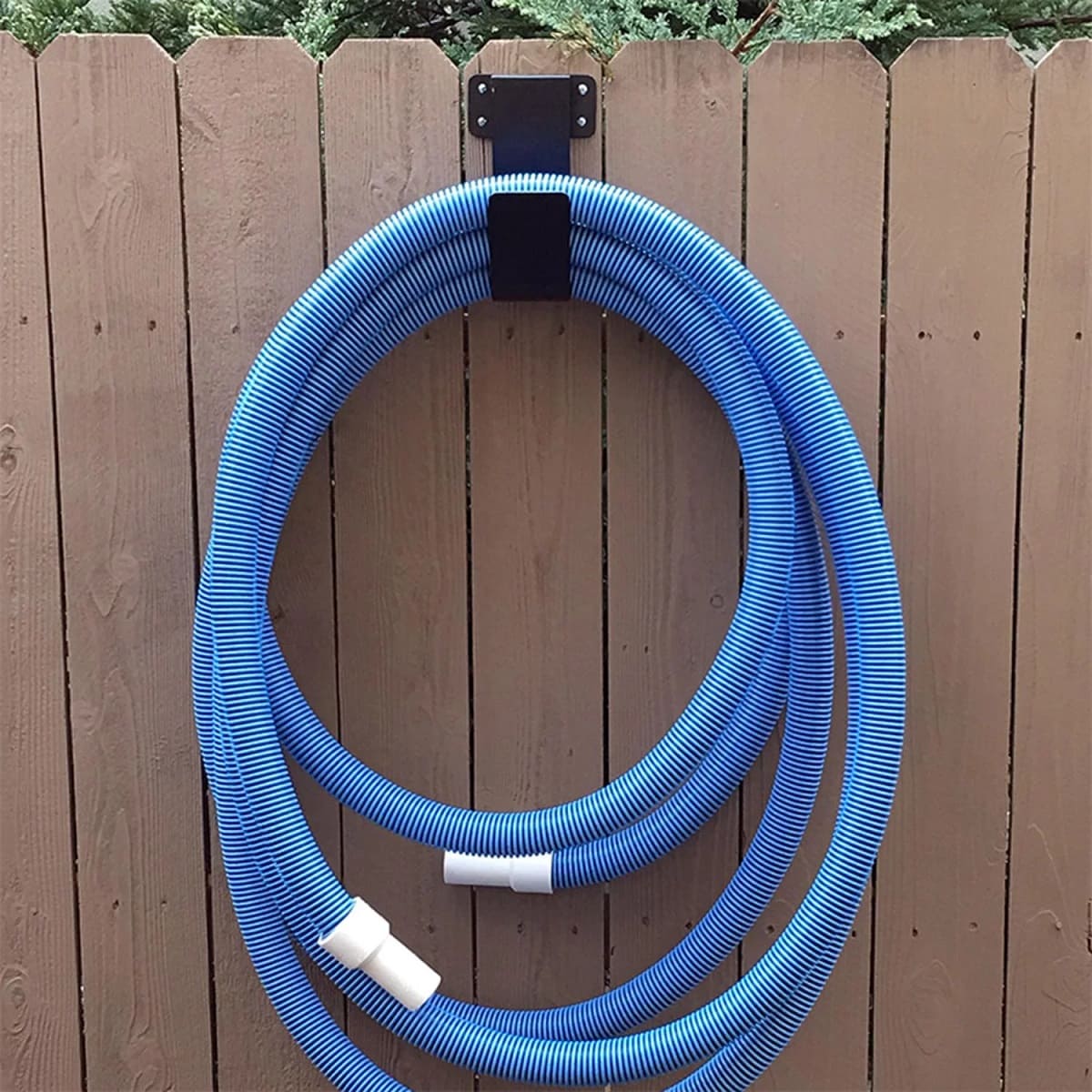
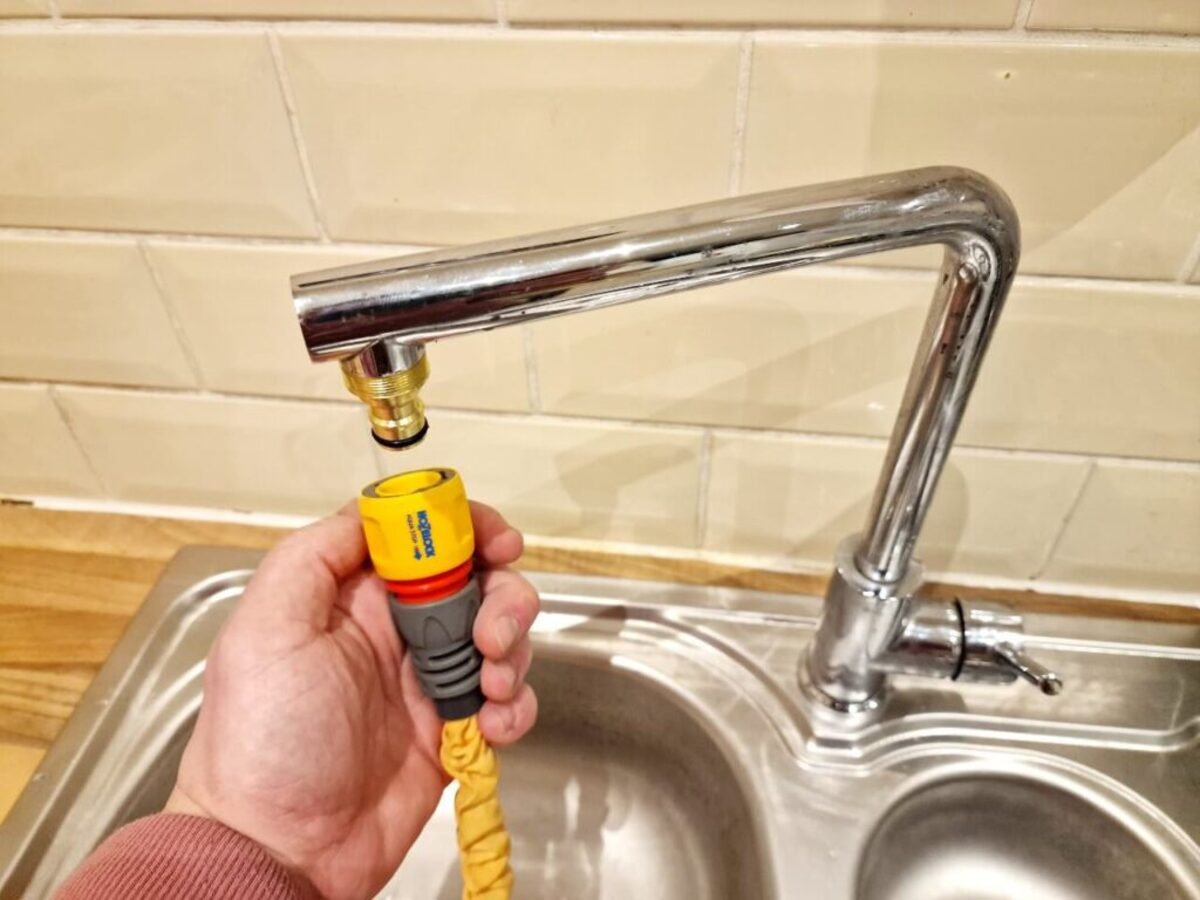
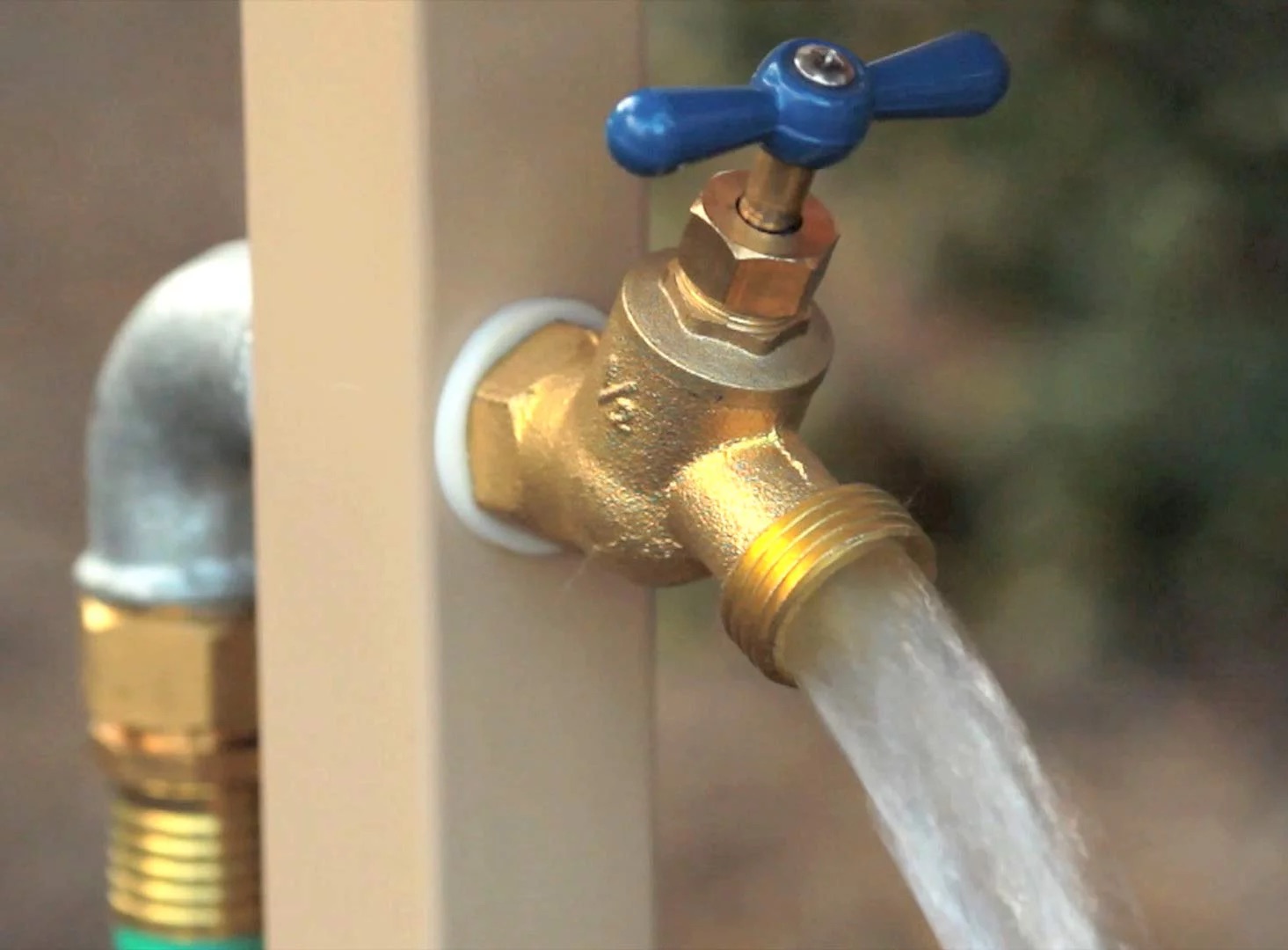
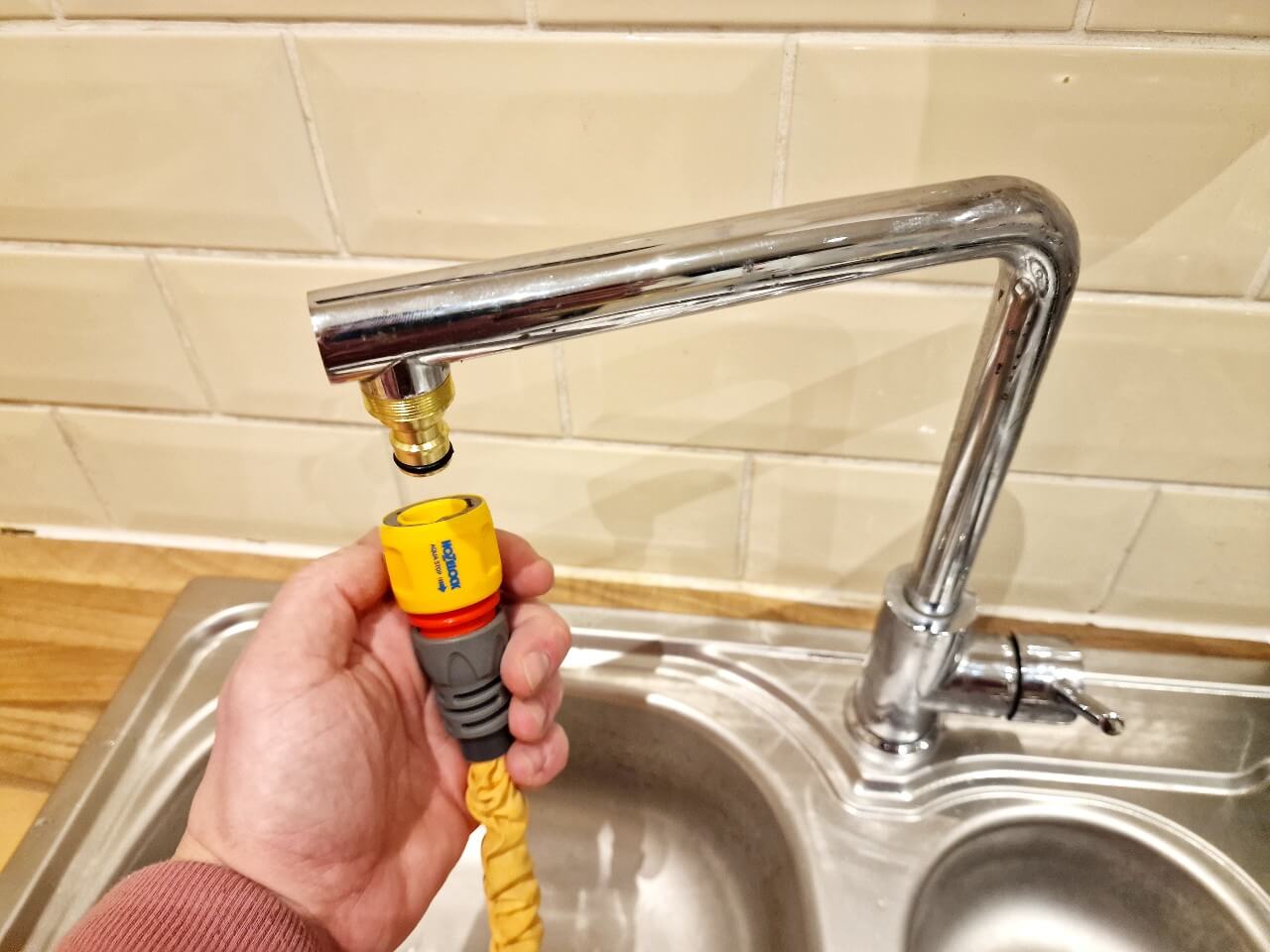
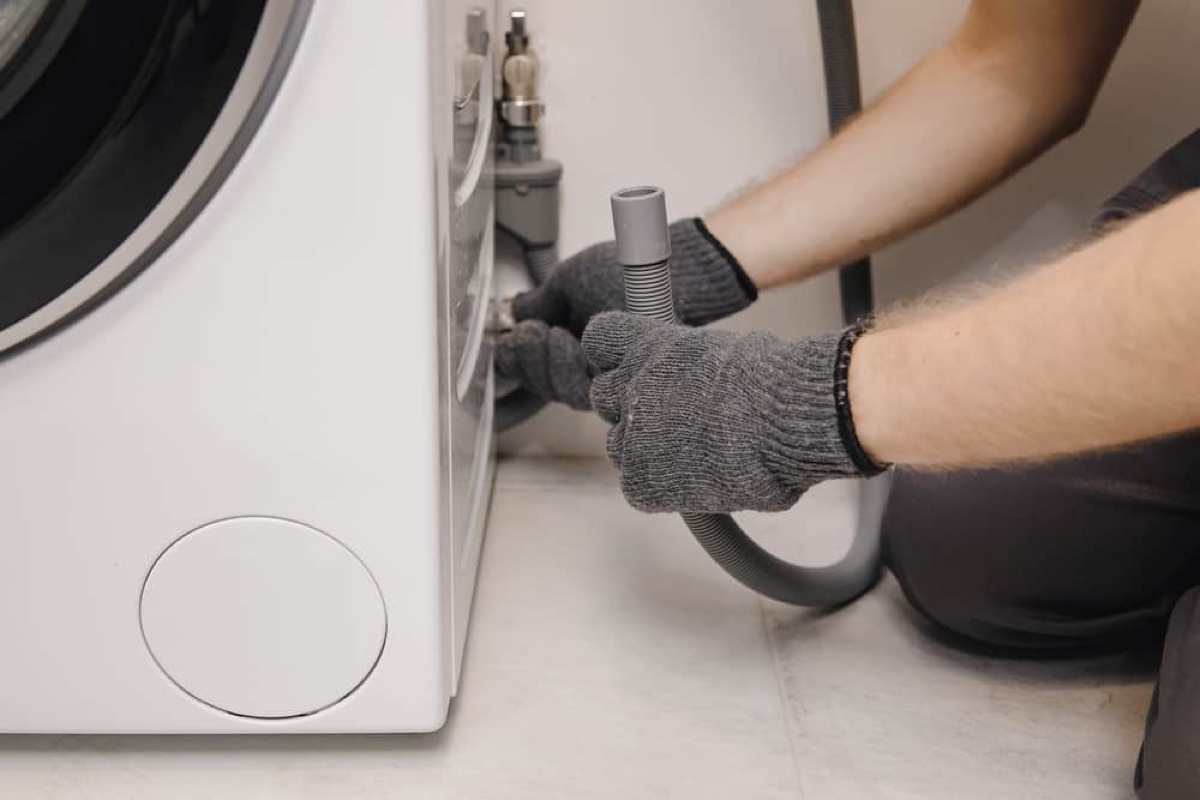
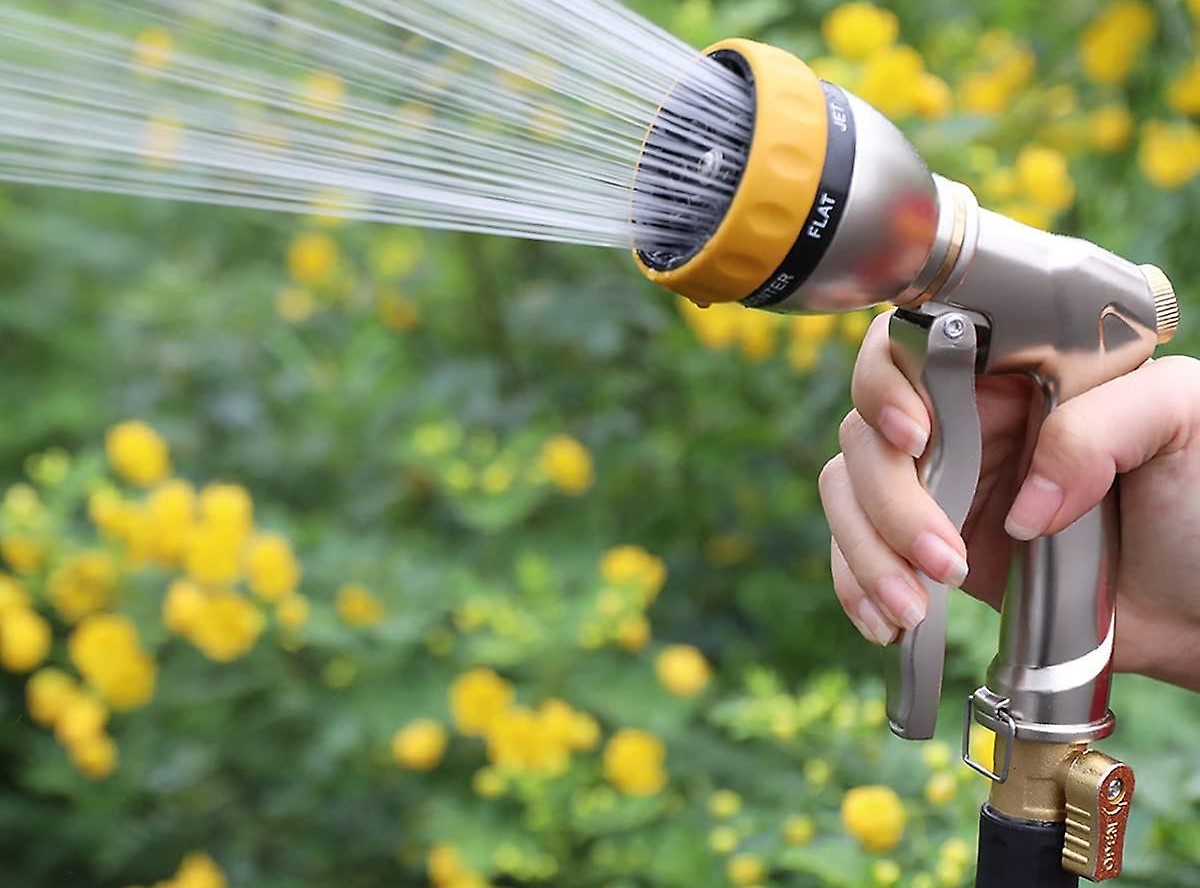
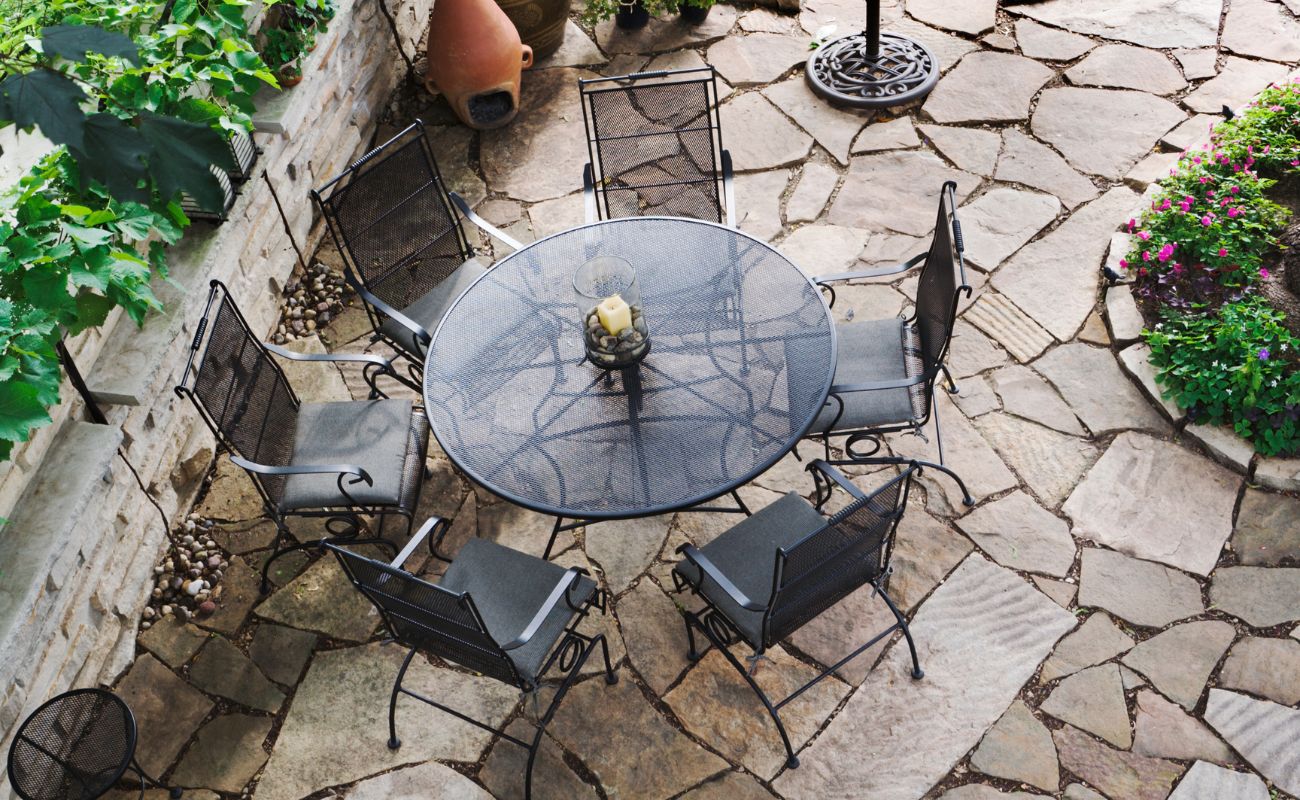

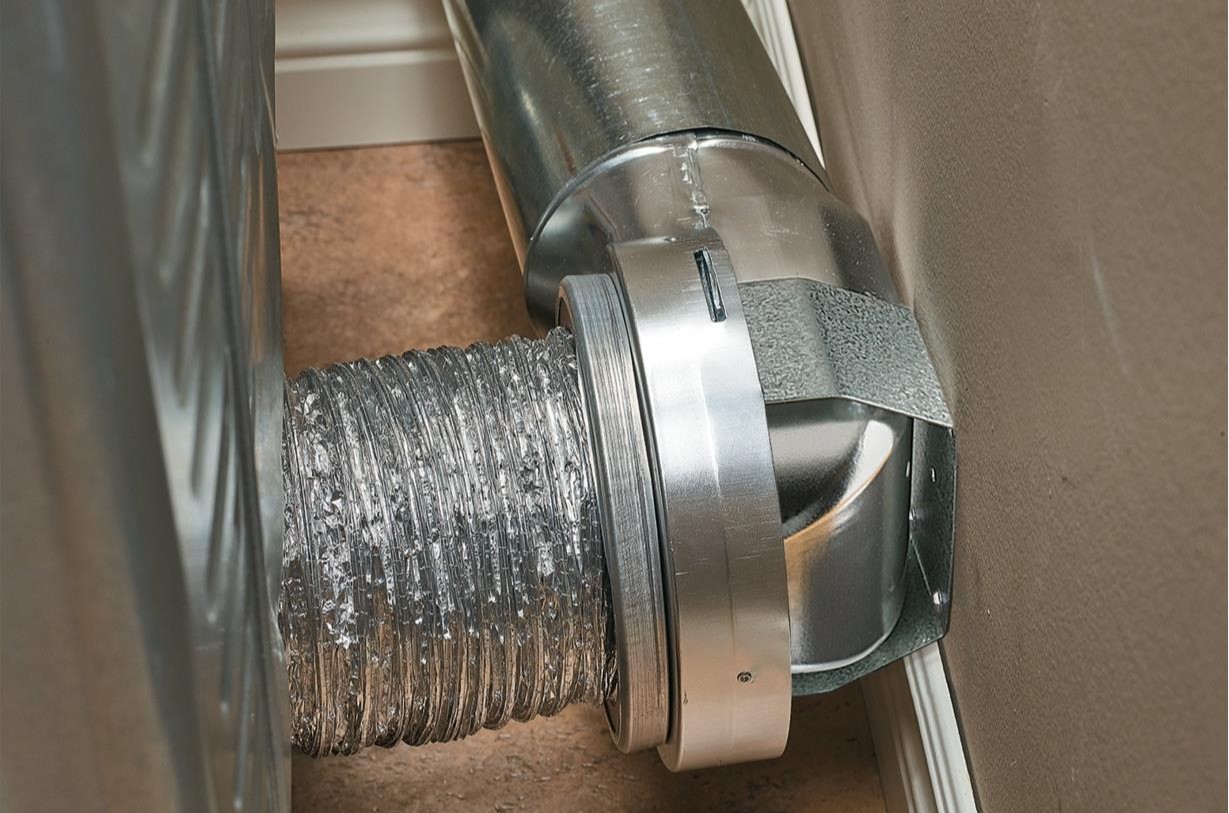


0 thoughts on “How To Store A Hose”